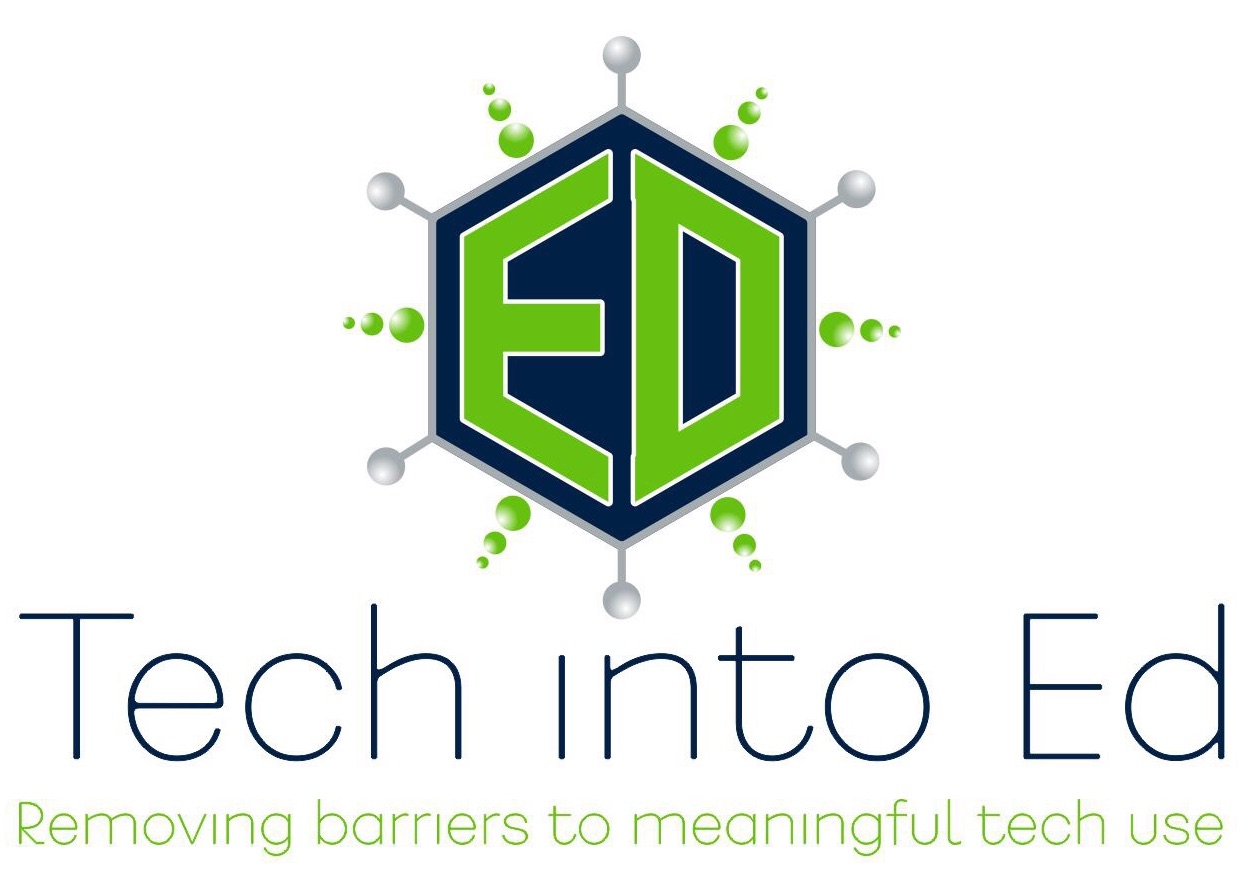Educators: Getting our "sea legs" for change back under us
As a kid, each spring after a long, hard Wisconsin winter, my Uncle Paul would pick my brother and I up to go fishing. I can still hear his laugh and the comment he made at some point in those trips where he would suggest that we would need to “get our legs back” after months of not being on the water. His reference, lost on me at 9, makes perfect sense to me as an adult. In my role working with educators daily, the feeling that we need to “get our sea legs back” encompasses much of what I experience as I talk with teachers about integrating technology into their practice today.
The past three years have been a hard trudge forward for teachers. Each day uncertain about the next challenge, the next “new” everything, and the constant feeling we might be stepping out onto thin ice. While the obvious challenges of teaching through the pandemic are the primary drivers of much of this uncertainty, we also have to keep in mind the political and societal shifts that have taken place since that time as well. All of this has placed educators and educational leaders directly in the heaviest crossfire.
As students returned back to physical classrooms, the desire to return to normal has driven so much of the interaction I have had with teachers. While I have been encouraging shifts in practice, changes in pedagogy, and adoption of new tools to support that work, many teachers have met me with understanding, a willingness to listen, but extensive trepidation in putting any of those ideas into practice. The pining for a return to what we have always known as school, driven somewhat by teachers, somewhat by families and students, and somewhat by educational systems and leaders, has left many professionals unwilling to take the leap tp try something new. In times of uncertainty or discomfort, new ideas and practices just do not have the same sticking power or intrigue.
As educators, we need to regain our appetite for systematic and ongoing change in our school systems. In the world of constant innovation and rapid technological change happening around us daily, the inability to change will be the death knell for school systems. What will it take to begin embracing this change again? Here are just a few ideas.
Embrace the reality of our students’ lived experiences in order to make learning relevant
Our students are connected to a world of influences daily that shape their view of normal. Like it or not, they spend hours daily interacting with others in social media platforms. They are inundated with videos and memes and images and visual design that all clearly send complex messages, communicate powerful information, and demonstrate for young people how the world communicates. This is the experience our students have come to find comfort and normalcy in daily. This does not suggest there is no room for more academic and professional methods of communication. It does mean, though, that the adults educating young people must work hard to find balance in how we communicate with our students if we want them to find relevance in our learning spaces. Our classrooms must start looking and feeling more like the world outside of our schools if students are going to see us as authentic and authoritative.
Acknowledge the Joy in Learning Something New to Add to your teaching practice
Throughout the early stages of the pandemic, as we taught educators all of the new tools and digital design techniques necessary for teaching online, I witnessed from many teachers something I did not anticipate: invigorated learning. The harsh reality of having to change everything overnight was overwhelming and cumbersome, but it was largely met by teachers who were eager and excited learners. I witnessed more pride and triumph during that time, from so many people who were eager to share something new that they had tried. The challenge to learn and use tools and practices entirely new fed something in their spirit. Learning is a joyful, uplifting experience. Mastering new skills, and then being able to share that journey with students — there is a bit of magic in that process that fills the soul of many teachers. Learning, growing, embracing a new technology, and keeping teaching fresh — this just may be the flame that re-ignites your spark as an educator.
Being Vulnerable Makes Us Approachable to Students, Families, and Leaders
It may seem counterintuitive, but demonstrating vulnerability is one way to make connections with the people we encounter. When others see us as imperfect beings doing our best to improve, they acknowledge a bit of themselves in us. Embracing new ideas and practices, and then sharing our attempt to learn and grow, makes us vulnerable. We are not the knowledgeable experts that have everything under control. This shows others we are willing and open to change, and that gives us credibility in itself. Try new things. Tell the world about it! Perfection is overrated anyhow!
For most educators the last 20+ years has been filled with an ongoing need to make meaningful change in our practice, classrooms, and schools. Slow, steady, predictable willingness to change has been the norm. However, the past two years have rocked schools and shell-shocked many of our best back into the habits and practices we have always known to work. While both predictable and understandable to a point, this landing zone cannot be our permanent encampment.
The winter is over. The spring of new ideas and exciting practices is here. Hop in the boat. While it may take a little time to get your sea legs back under you, the joy of what is possible awaits.
